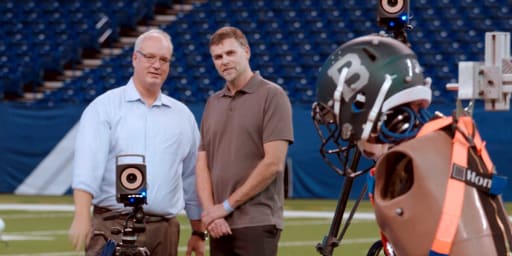Biomechanics Engineering
Pushing The Envelope
Biocore’s mission is to provide the highest level of engineering services and injury biomechanics expertise to clients dedicated to the understanding and reduction of injury. We do this by performing influential and highly cited biomechanics research, maintaining state-of-the-art testing capabilities, and leveraging a global network of leaders in experimental and computational biomechanical engineering.
Analytics, AI & ML
Leveraging the power of the cloud to improve injury data analysis.
Biomechanics
Knowledge of biomechanical mechanisms and injury tolerances is the foundation of engineered designs that prevent injury.
Computational Modeling
Simulation of mechanical behavior of tissues for investigation of injury.
Consulting & Research
Our engineers have provided biomechanical expertise to hundreds of clients worldwide.
Product Development
Bringing solutions to real-world problems designed for and tested by the toughest environments.
Testing & Product Evaluation
Equipment testing spanning helmets, footwear, turf & grass and a one-of-a-kind performance lab.

Products In Development
Biocore is dedicated to innovation and product development. We are currently working on several projects to bring to market in the near future. These products are designed to improve the safety and performance of athletes and associated markets.
Contact us
The BEAST
The BEAST was created to measure realistic, game-like traction loads and motions, driving innovation in sports surfaces and sports footwear design. Currently in beta testing at the highest levels of play, the BEAST will be available for purchase in 2024.
STRIKE
The STRIKE improved surface impact tester incorporates biomechanical and player-driven metrics into sports surface impact testing. The platform also enables auto data transfer, analysis, and insights to drive sports surfaces performance and safety improvements.





